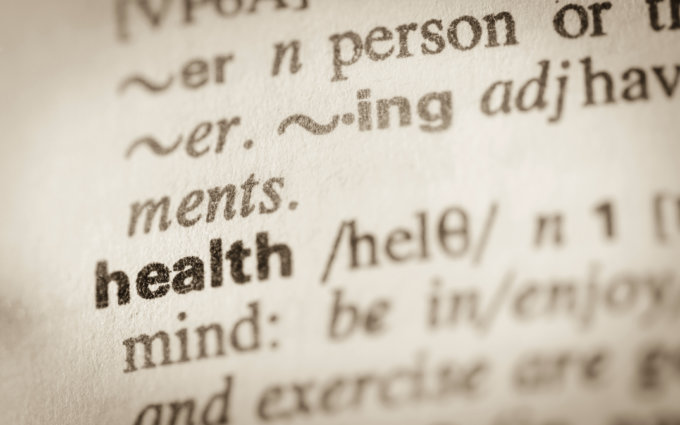07/03/2017

A diabetic man spent time in the hospital, where he was prescribed daily insulin shots. He practiced injecting the insulin into an orange during his stay. Not long after he left the hospital, he was readmitted with dangerously high blood sugar levels. The doctors were stumped, until they learned the man had been injecting the insulin into an orange each day and then eating it.
Another man being treated in the ER for atrial fibrillation was later brought back to the emergency room, bleeding from an overdose of Coumadin. He didn’t understand the verbal instructions given to him at the time of his original ER visit because, “everything was happening so fast and everybody was so busy.” He had also ignored the written instructions that were in his wallet for a reason everyone failed to grasp. The man could not read.
Both of these stories are true and are representative of the poor “health literacy” of the general public. The Institute of Medicine defines health literacy as “the degree to which individuals have the capacity to obtain, process and understand basic health information and services needed to make appropriate health decisions.” This “health illiteracy” is a growing epidemic that impacts everything from a patient’s health and recovery to overall healthcare costs. These issues are compounded even more when the patient is recovering from a traumatic brain injury or other serious condition.
“It affects every single thing we do,” said Susan Pisano, a member of the Institute’s health literacy roundtable. “The implications are mind-boggling.”
The U.S. Department of Education found that 36% of adults have basic or below-basic knowledge to understand health information. That translates into 90 million people who are reading discharge instructions at a fifth-grade level. The issue is so far-reaching that former Health and Human Services secretary Kathleen Sebelius has said that, “Health literacy is needed to make health reform a reality.”
The personal costs of health illiteracy to a patient’s health go without saying, as witnessed by the examples mentioned above. But the financial impact of health illiteracy continues to be staggering. One study estimated it costs the U.S. economy as much as $238 billion each year.
To combat this, industry leaders continue to push for a variety of initiatives to solve the problem. These include personal, confidential assistance for limited-literacy patients when filling out forms, or more patient-friendly materials that trade complicated words for those that are easier to understand. For instance, instead of “myocardial infarction,” use “heart attack.” Or rather than saying, “hyperlipidemia,” use its more common meaning: “high cholesterol.”
The National Institutes of Health also recommends using the “teach-back” method when communicating with a patient – having the patient repeat the information back to the provider, helping to ensure there is complete understanding. Other caregivers are choosing to stop handing out reams of paperwork and instead using videos or handouts with more pictures and simple, visual graphics.
It’s also important to create a more open environment where a patient feels comfortable asking questions. Patients, family members or other caregivers may be reluctant to “bother” a doctor or other provider with lots of questions. But if they feel questions are encouraged and there is no rush, there is a far greater likelihood that discharge instructions will be better understood and correctly followed.
Health literacy will continue to be a challenge for healthcare providers. However, with consistent efforts to make the issue a top priority and the implementation of clearer communication techniques, the costs to patients, providers and the economy can be reduced. More importantly, it will ensure the best possible medical outcomes for those seeking a successful recovery.